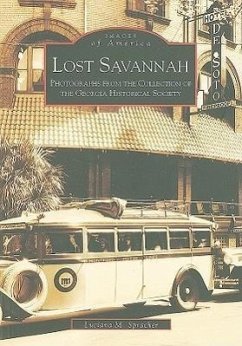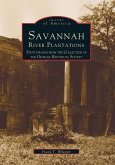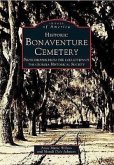Since its founding over 250 years ago, Savannah, Georgia has become a historic preservation gold mine, exhibiting a variety of architectural styles. However, during the late 19th and early 20th centuries, the area experienced heavy economic growth, during which numerous buildings were demolished regardless of age or condition to make way for newer and supposedly better structures. The community lost many important landmarks, architectural masterpieces, and a piece of its history. Lost Savannah takes a close look at these vanished buildings to document their existence and role in Savannah's past. Drawing on collections of the Georgia Historical Society, a rich presentation of Savannah's public, private, and commercial architecture has been brought together in this unique photographic volume. Through vintage images, one can see the city's development and growth as well as its subsequent decay prior to the preservation movement. Lost Savannah examines individual buildings, such as Union Station and the Bulloch-Habersham House, as well as the evolution of Savannah's architectural landscape, including West Broad Street and Elbert Square.








